Which KBS wedge shaft best suits you?
Last updated:
Four KBS wedge shafts let golfers dial in spin, flight and feel, but which model best suits you? Let us explain…
Golfers spend huge amounts of time considering which shafts best suit them when buying a new driver or set of irons. Often, we hit an array of different options to progress toward finding the correct profile, weight and flex to optimize our ball flight. It’s a good investment of time, as through testing we learn how our swing launches shots into the air, and which shaft features optimize accuracy and power.
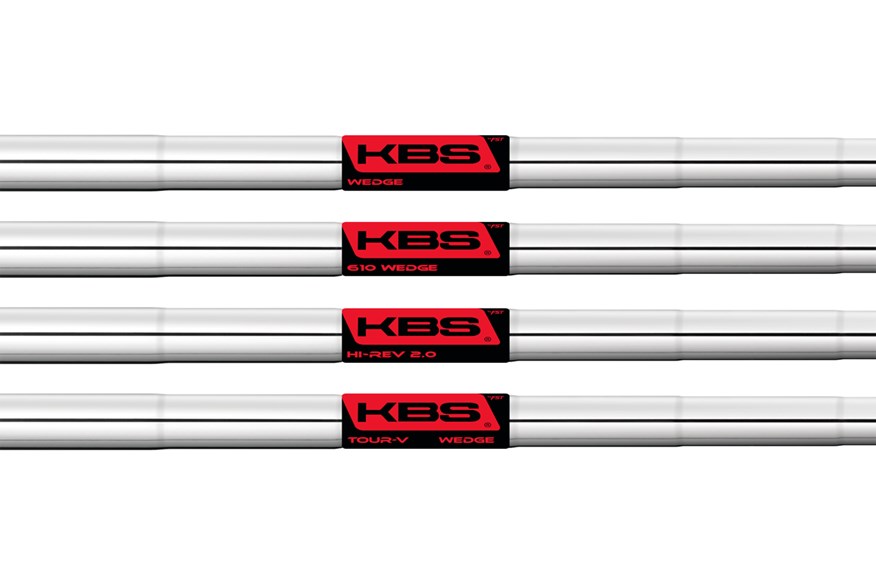
But when was the last time you gave a second thought to wedge shafts? Or which shaft could best suit your wedge game? Some wedge shafts are designed to spin shots more, whereas others target lower more penetrating shots. Some even promote a reliable drop, hop and stop tendency. The sort of stopping power that doesn’t annoyingly suck approaches instantly back off the green.
Steel shaft legends KBS make four different wedge shafts (you’ll find some in the best wedge models available), all so you can maximize your chances of getting up and down more often.
With all this shot-saving tech now available in shafts, we thought it was the perfect time to find out everything there is to know about each option. So, when you’re next buying wedges you can maximize your short-game potential.
KBS wedge shaft options
KBS Tour wedge shaft
RRP: $41.95
Flex and Weight: R – 110g / S – 120g / X – 130g
Tip and Butt size: .355 Taper / .600 Butt
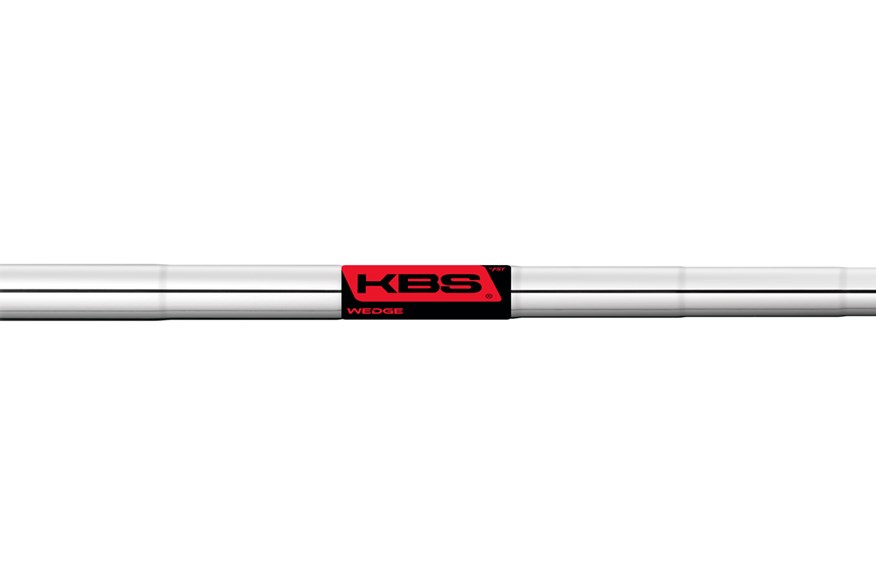
The KBS Tour iron shaft is the mothership of the brand. It’s the model all other KBS shafts are created from, so naturally the Tour wedge model was developed from it. KBS say the Tour is a great compliment to most golfers’ short games, because it’s so versatile. The model can create low, mid or high spin based on what players are trying to achieve from different situations.
It’s also a good fit for lots of different head shapes. As modern wedges often have high toe shapes and different center of gravity locations. The Tour is the brand’s most popular wedge shaft. It has a firm tip section, so golfers should expect excellent shot control and accuracy.
Interestingly, even the world’s best players can’t quite agree there’s one best wedge shaft out there for all. Former Open Champ Cameron Smith uses the Tour 130g wedge shaft, whereas Dustin Johnson plays the same profile but prefers the feel, feedback and responsiveness of the 120g model. This is a great indicator that wedge set-up and play is a very personal game.
KBS 610 wedge shaft
RRP: $41.95
Flex and Weight: R – 110g / R+ – 115g/ S – 120g / S+ – 125g
Tip and Butt size: .355 Taper / .610 butt
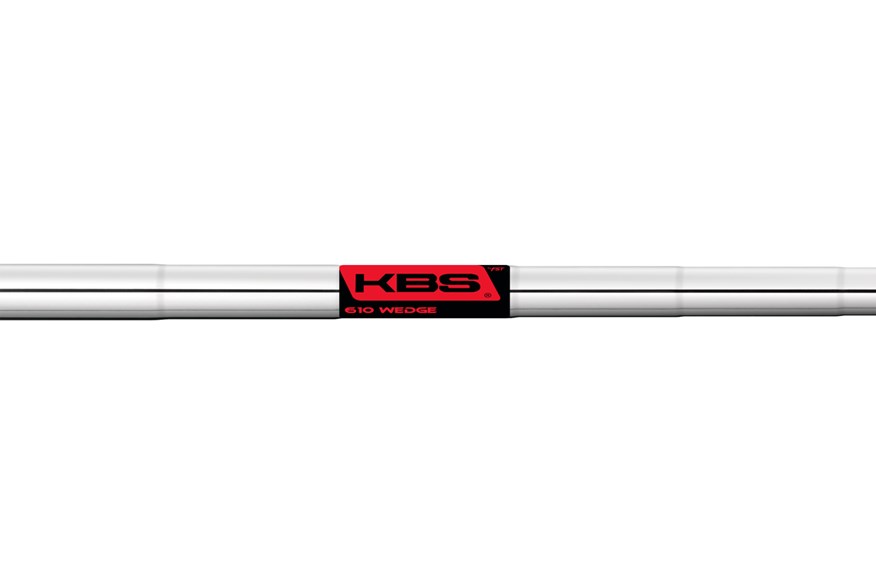
The 610 has been specifically designed to deliver a slightly lower trajectory. The model is especially useful for golfers who often play in windy conditions. Where it’s necessary to flight shots lower into and below the wind – situations where you really don’t want shots to balloon up and lose control.
The 610 has a slightly bigger outside diameter, so it’s naturally a little firmer than the Tour. It comes into its own when players want to maintain stability in their wedge shafts, but also want a slightly lighter feel.
See the 610 as being at the opposite end of the spin scale to Hi-Rev 2.0. This model has a reputation for fostering a drop, hop and stop approach to cozying approaches up close to the flag.
This model is not designed to suck shots back off a green, like the KBS Hi-Rev 2.0.
KBS Hi-rev 2.0 wedge shaft
RRP: Chrome $41.95 /Black Gloss $59.95
Flex and Weight: R – 115g / S – 125g / X – 135g
Tip and Butt size: .355 Taper / .600 Butt
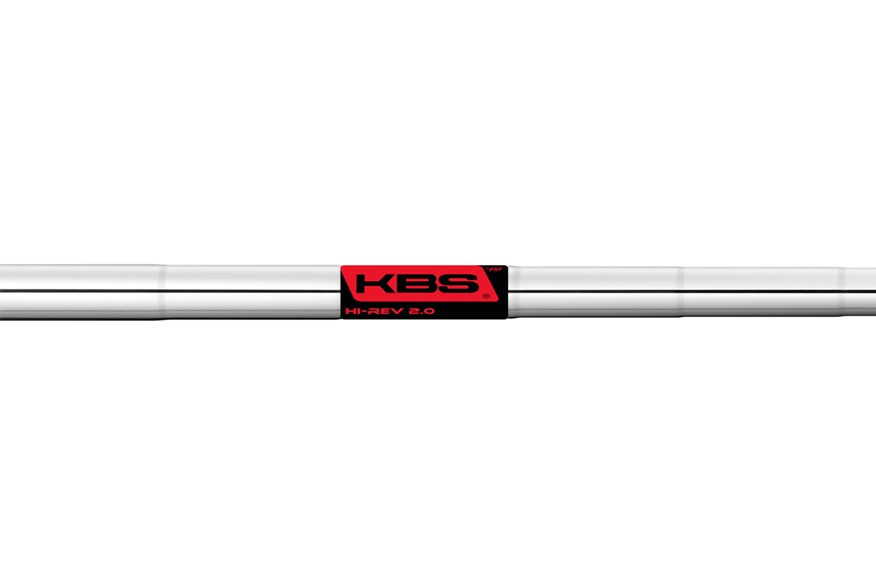
KBS did tons of research and player testing a decade ago, back when they first started developing wedge shafts. They found by creating a slightly more active tip shaft (the Hi-Rev 2.0) they could increase wedge backspin by 400-500rpm.
The idea also increases launch, which leads to steeper descent angles and quicker stopping shots. And the numbers are significant enough to make a noticeable difference when shots need to hit the brakes on the slickest of putting surfaces.
R&D chief Kim Braly was really careful when designing the Hi-Rev to ensure he didn’t lose consistency, dispersion or feel. Which is always a possibility when employing an active tip section on any shaft.
Some tinkering was needed with step patterns, micro-tapers and the outside diameter to ensure golfers got a classic KBS feel, while dispersion patterns weren’t shot to pieces. Expect the Hi-Rev to launch significantly higher than the brand’s lowest launching 610 model. Plus you get the capacity to maximize spin potential. The KBS Hi-Rev 2.0 is the stock shaft in TaylorMade’s MG3 wedges.
KBS Tour-V wedge shaft
RRP: $47.95
Flex and Weight: S+ only – 125g
Tip and Butt size: .355 Taper / .600 Butt
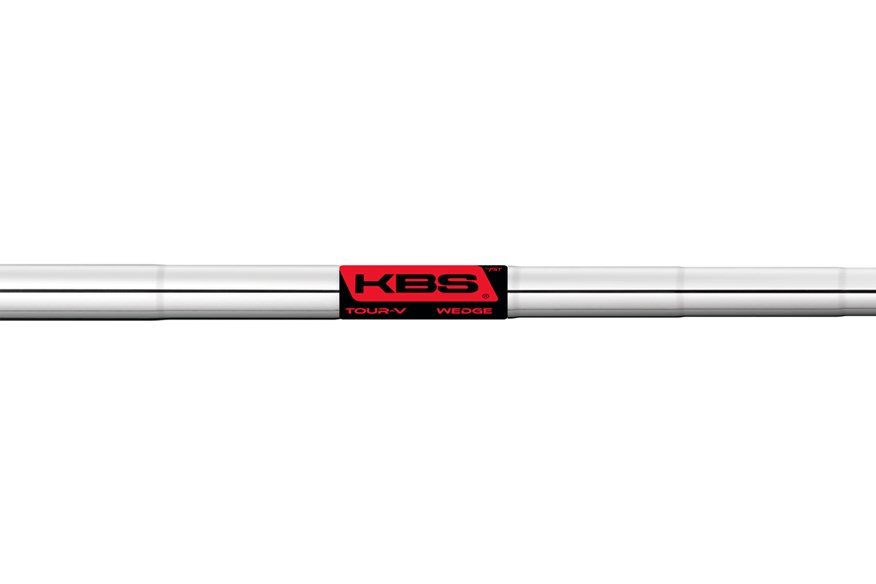
The Tour, 610 and Hi-Rev 2.0 wedge shafts were developed specifically for wedges, which means they’ll usually be played at 10-20g heavier than a golfers iron shafts. Where the Tour-V is a progression of the brands corresponding iron shaft. The Tour-V is available in one flex/weight only. It’s needed within the line-up to allow the brand to dial in the wedge feel and performance of players like Viktor Hovland and Phil Mickelson who both play Tour-V iron shafts.
Like the 610 the Tour-V is not a backspin maximizer. But, what it does for Mickelson is allow him to be creative. So, if he needs to go high, he can, whereas he can also lean on shots and drive them aggressively forwards, too.
If you’re an average club golfer it’s unlikely you’ll need Tour-V wedge shafts. We’ve included them to show just how in-depth and far KBS go to ensure every base is covered. The family as a whole also highlights just how personal wedge shafts can be.
- Test
- Test
- Test
How do the KBS Tour, 610, Hi-Rev 2.0 and Tour-V wedge shafts compare?
TG test pro Neil Wain hit all four shafts (in a 52° Wilson Staff Model wedge head), with a premium urethane golf ball, full out, to a 110-yard target. Then to a 95-yard target, with a shortened knock-down swing. A launch monitor watched on so we could see how each model performed.
Our test pro reckoned he could barely feel a difference between the four shafts, which is really good news. It means no matter which model you choose, you won’t need to accept a hugely different feel to get the ball flight characteristics you want, just as KBS promises.

We hit all four wedges with stiff shafts, a flex weaker than our test pro typically plays in his irons. This follows the modern trend of 50+% of tour pros choosing wedge shafts a flex weaker than their irons.
Why do they do that? Wedges are rarely swung at full tilt, so they don’t need to be quite as stiff as a 5-iron, which is sound, sensible thinking in our book. Lots of players also like the additional feel and feedback from wedges that are slightly weaker.
Our test data shows the Hi-Rev 2.0 produced the highest levels of backspin and launch angle, just like KBS promises. OK, there’s not huge amounts in it. Just 368rpm more spin, which equates to almost 4% additional stopping power. But don’t forget the top priority for KBS is usually satisfying ultra-fussy tour pros. And if there’s any gain to be had they of course want to exploit it.
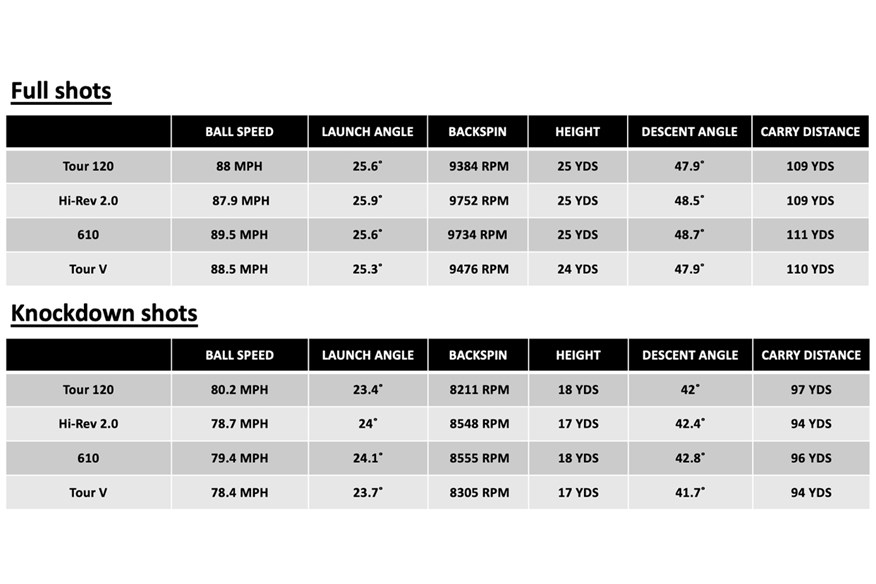
Verdict: KBS wedge shafts
Based on this performance our recommendation is to think very seriously about wedge shafts if you’re buying new wedges any time soon. Enlist the help of an experienced wedge fitter to maximize your chances of getting things right and avoid costly mistakes.
Cavity back iron players are likely, to avoid a big jump in weight between your irons and wedges, to need slightly lighter wedge shafts. Typically, 10-20g is a good weight gap between irons and wedges.
And finally, don’t write off using different shafts in each wedge. This is an approach Matt Kuchar uses on tour. See each wedge as an independent club with a specific purpose, then tailor it to do that job.
So, if you want maximum height, spin and stopping power from your sand or lob wedge, explore the Hi-Rev 2.0 shaft. Whereas for your 52° gap wedge when precision and accuracy are absolutely paramount, the Tour shaft could be the key to unlocking the performance you’re after.
READ NEXT
– Which KBS iron shaft is right for you?
BECOME A TODAY’S GOLFER MEMBER: Unlimited access to premium content and exclusive rewards!
-
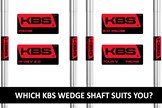 An image showing the four different KBS wedge shafts
An image showing the four different KBS wedge shafts
-
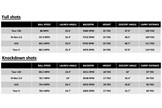 A table showing how all four KBS wedge shafts compare in data
A table showing how all four KBS wedge shafts compare in data
-
 Phil Mickelson and Viktor Hovland using wedges
Phil Mickelson and Viktor Hovland using wedges
-
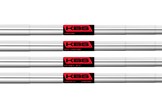 The four KBS wedge shafts
The four KBS wedge shafts
-
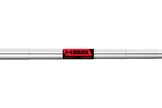 The KBS Tour-V wedge shaft band
The KBS Tour-V wedge shaft band
-
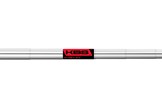 The KBS Hi-Rev 2.0 wedge shaft band
The KBS Hi-Rev 2.0 wedge shaft band
-
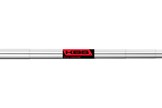 An image of the KBS 610 Wedge shaft band
An image of the KBS 610 Wedge shaft band
-
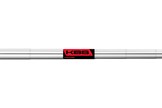 An image of the KBS Tour Wedge shaft band
An image of the KBS Tour Wedge shaft band